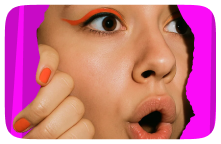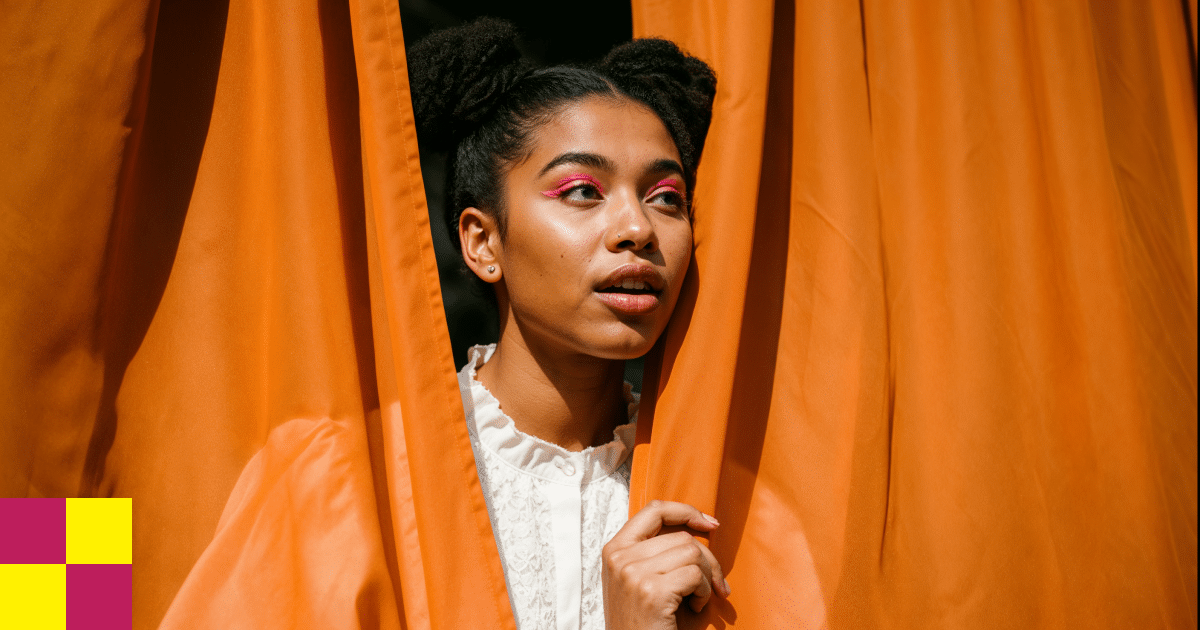Sometimes, the public doesn’t need to know that you have to get a root canal or that your grandma died.
When you’re online and make your story public, some people believe monetized authenticity is the cost of the deal and that the need for personal boundaries is off because the brand was created with the ups and downs of life as the product. According to a 2023 report from the Pew Research Center, roughly 41% of U.S. adults who follow influencers say they feel like they “personally know” the people they follow, despite never having interacted with them.
That stat alone explains the tension. To complicate things further, you can have a following as a regular person, making cool stuff. Still, there’s also the complex relationship between people and creators in vulnerable spaces like trauma, sex ed, and mental health, where people feel incredibly connected out of emotional need.
Blurred Lines
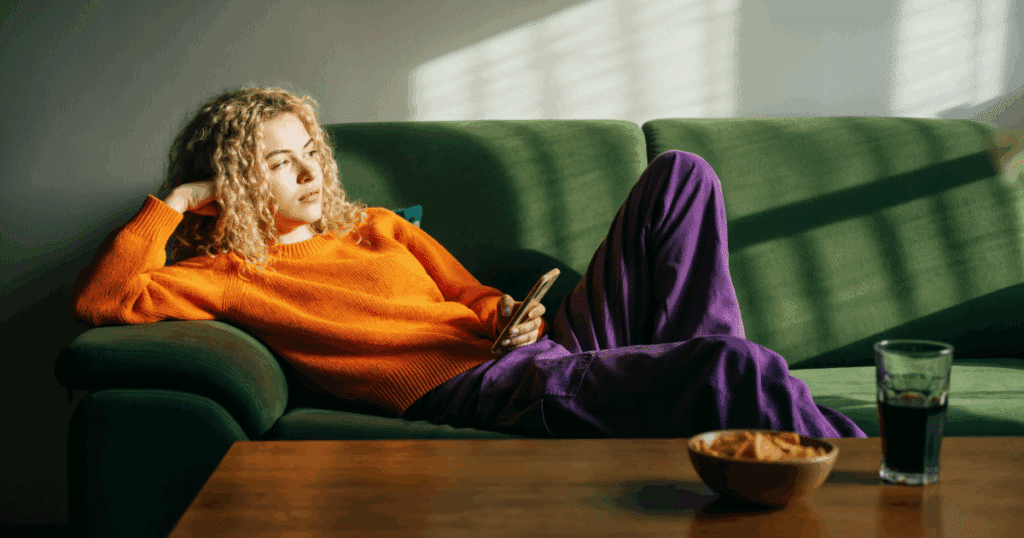
The blurred lines between performance, persona, and personhood are palpable in the attention economy because, as people bond with a creator as something bigger than just a person making social media content, they see them as connectors of their experiences. One study from Cornell found that creators in “emotional labor sectors” like mental health and self-help experience 27% more parasocial engagement than creators in lifestyle or comedy spaces. That intensity comes with consequences.
One of the issues with online life is that there’s a false binary of followers having access to a creator’s everyday experience versus the reality that what they offer the public is a curated experience of their lives within the boundaries of what they want to show. While not the same platform, it’s similar to what Anthony Bourdain went through. People felt they knew him deeply because they shared his experiences, but he said in one of his episodes, “The camera is a liar. It shows everything. It shows nothing. It reveals only what we want.”
And through that narrative, we learned that we saw the world through a skewed lens. For creators, this is similar because they want to share their vulnerability, but that comes at the cost of experiencing life as a normal person. Creators start to view life through the lens of what that audience wants an experience to be — a construction, something put together for mass clicks — instead of reality.
How we perceive the barriers to the self isn’t a move to the back or the front, it’s moving the line where the subject feels comfortable and what they’re willing to share in a vulnerable space.
The Cost of “Friendship”
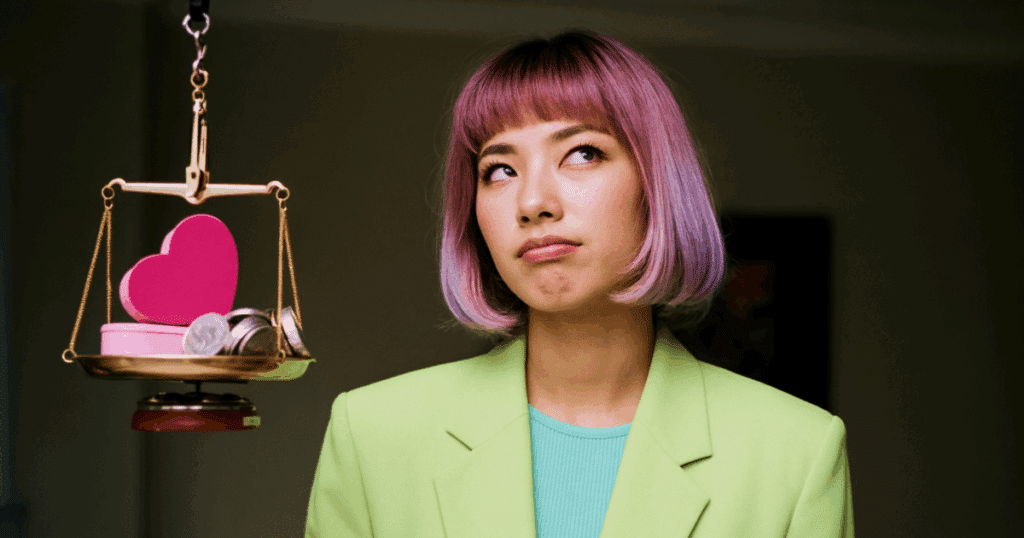
People on the internet have no chill. Emma Chamberlain briefly had a paid messaging feature on her website where fans could pay $10,000 to receive a personal email from her. It was clearly a placeholder/test gone wrong — or, at worst, a joke — but fans took it extremely seriously. She was immediately swarmed with outrage, think pieces, and emotional essays from fans who felt betrayed that she’d “monetize friendship.”
Fans and followers lost it because the illusion of intimacy was viewed as transactional. Chamberlain’s team vehemently denied this was even legit; they said the email option was part of a placeholder that a designer was working on, and it got into the public sphere. In a world where Rick and Morty fans stormed McDonald’s over Szechuan sauce, you’d want to think this was a one-off of insanity, but sadly, people can go banana town over the littlest cracks in the constructed reality.
Data privacy concerns blur the line between creators as public figures and vulnerable individuals. Creators build careers by sharing intimate slices of their lives, whether daily routines, mental health battles, or even the rollercoaster of relationships. However, in doing so, they become susceptible to parasocial attachment and invasive data harvesting.
Platforms collect granular behavioral data from both creators and their audiences: likes, location tags, viewing times, and even emotional sentiment inferred from posts, and use it to train algorithms that shape what’s seen, when, and by whom. (Big time creepy, tbh.)
For creators, this means their identity isn’t just broadcast but quietly commodified behind the scenes. And while influencers may choose to post a crying video or share a personal moment, they often have little say in how that content — and the metadata behind it — is mined and monetized.
The paradox is this: the more authentic a creator is online, the more their personal data becomes a commodified product. They’re not just navigating visibility; they’re negotiating digital vulnerability.
Success Stories: Creators Who Maintain Boundaries

While not an online creator in the traditional sense, Chappelle Roan had words about people overstepping into her personal, everyday life: In August 2024, she addressed instances of “predatory behavior” from fans, emphasizing that such actions are unacceptable.
Roan stated, “I don’t care that this crazy type of behavior comes along with the job, the career field I’ve chosen. That does not make it OK. That doesn’t make it normal. That doesn’t mean that I want it. That doesn’t mean that I like it.” She further expressed her discomfort with the assumption that familiarity with her work equates to her personal knowledge, remarking, “It’s weird how people think that you know a person just because you see them online and you listen to the art they make. That’s f—ing weird.”
More creators are building “zones of privacy” to protect their well-being in a culture that demands total transparency. In a 2023 Adobe survey, 62% of creators said they feel pressure to share more of their personal life than they’re comfortable with, while nearly half (47%) said maintaining boundaries is essential to avoid burnout.
John Green, longtime YouTuber and novelist, articulated this shift clearly: “There are things I want to keep just for myself, and that’s not me being dishonest, it’s me being whole.” Whether it’s creators refusing to show their partners or kids, taking months-long breaks, or setting hard lines around real-time posting, the trend reflects a deeper understanding that parasocial intimacy doesn’t require full access. As the line between personal content and emotional labor blurs, these privacy zones have become protective and radical.
For some, it’s critical to control the narrative without revealing everything about their lives. Not everyone needs to know how the visit to the proctologist went. So, for many, what that channel illustrates is the end game of what people can see and experience.
Creating a social contract with fans and followers
Some creators are moving beyond passive boundaries and training their audiences through community agreements: explicit expectations around engagement, respect, and emotional labor. These agreements can be pinned posts, “house rules” in video captions, or written community guidelines on platforms like Patreon, Discord, or Substack. The idea isn’t just moderation; it’s a kind of culture-setting.
Creators like YouTuber ContraPoints include detailed disclaimers about what types of discourse are welcome and what crosses a line. In contrast, streamers on Twitch often include “do not trauma dump” in their bio or chat rules to avoid emotional overload. These agreements help reframe the relationship between creator and follower as a mutual exchange rather than an open emotional tap.
In a 2022 Patreon creator report, 58% of creators said setting expectations improved their experience on the platform, while those with written community standards reported significantly lower burnout. Establishing boundaries upfront models healthy relational dynamics and makes Crystal Pepsi clear that access is a privilege, not a right, protecting the creator and the integrity of the space they’re building.
The Future of Creator Privacy
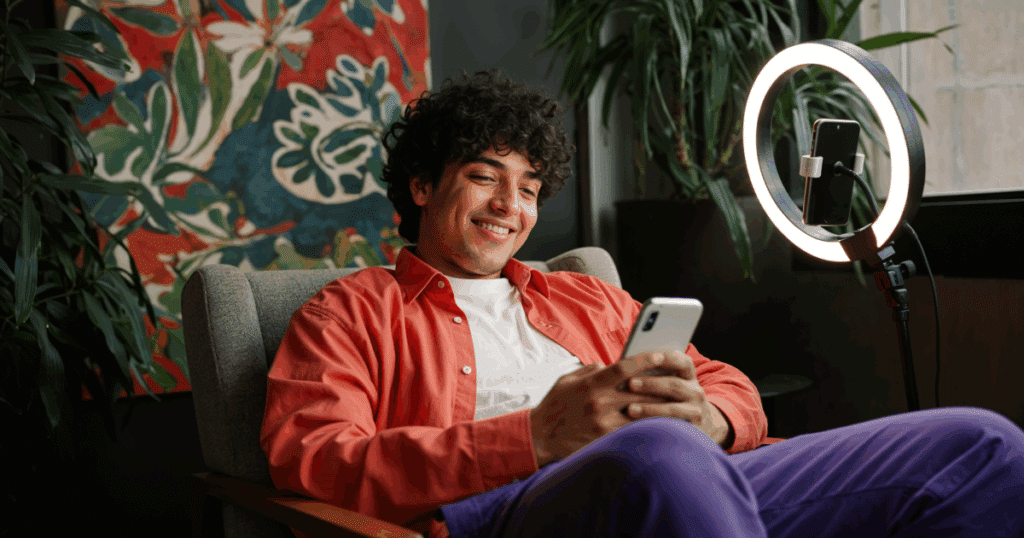
Creators are using technical strategies to protect their peace while staying visible. This includes setting up separate “public” and “personal” accounts, one for their friends and family and an account for those who are just in the cheering section. Some people need to schedule content in advance, outsource comment moderation or DMs to trusted team members, or use Manychat. (Shameless plug.)
It’s not just time management; it’s emotional boundary work. According to a 2023 Later.com survey, 67% of full-time creators said scheduled content helped reduce anxiety and decision fatigue. Streamer and mental health advocate Mxiety has spoken about how delegating engagement duties saved her from burnout, saying, “I had to stop reading comments live. I can’t give my best to the people who care about me if I’m always bracing for the next blow.”
The point isn’t to be less present, it’s to be more intentional about presence.
Creators are leaning into seasonal posting schedules, collective content drops, and platforms prioritizing slower, more curated engagement. Metalabel, for example, operates like a creative co-op, where artists release work in themed batches, share credit, and reduce the pressure of constant output. The model shifts visibility from individual grind to shared momentum. A 2024 Nielsen Creator Trends report suggested that over 40% of creators under 30 are experimenting with collective releases or staggered publishing as a form of burnout prevention.
These strategies reflect a bigger question: do we need to redefine what “success” looks like in the digital space? As one creator in the report said, “Going viral isn’t worth it if I’m not OK.”
The future of creator mental health
This brings us to something bigger than scheduling apps: Should vulnerable space creators, those sharing content around mental health, trauma, sexuality, and identity, have additional protections? Right now, platform policy offers little support. Algorithmic systems reward engagement, not consent. Harassment, doxxing, and emotional overreach aren’t edge cases; they’re vanguards in the system.
A 2022 study from the Center for Democracy & Technology found that 1 in 3 creators in these categories experienced targeted harassment, with 52% saying platforms failed to respond adequately. But the responsibility isn’t only on tech companies. Audiences also have a role in shaping a respectful culture. Community agreements, boundary posts, and clear terms of engagement are helpful, but they require buy-in. The future of a healthy creator culture might hinge less on pushing content and more on mutual accountability.
As writer Anne Helen Petersen said, “If we want intimacy online, we need to build it on terms that preserve humanity, not erode it.”
The Balance Between Privacy and Connection

Privacy isn’t the enemy of expression, but it shouldn’t be a misnomer against what people hold sacred, and for some, that’s their privacy. Followers and fans should embrace whatever lines creators put in the sand; it’s not for any reason other than not everyone needs to know everything about your life. Some lines are there for personal protection, and as the world of reality and the internet ever blur, it’s entirely OK for them to ask.
Because really, ask yourself: do you want everyone to know all of your business? Probably not. What you do in the shadows is no one’s business but yours. Survival is one thing, but how you control how close the camera gets is another. That’s ownership of the self.
The most radical act may be drawing boundaries around our willingness to share.
